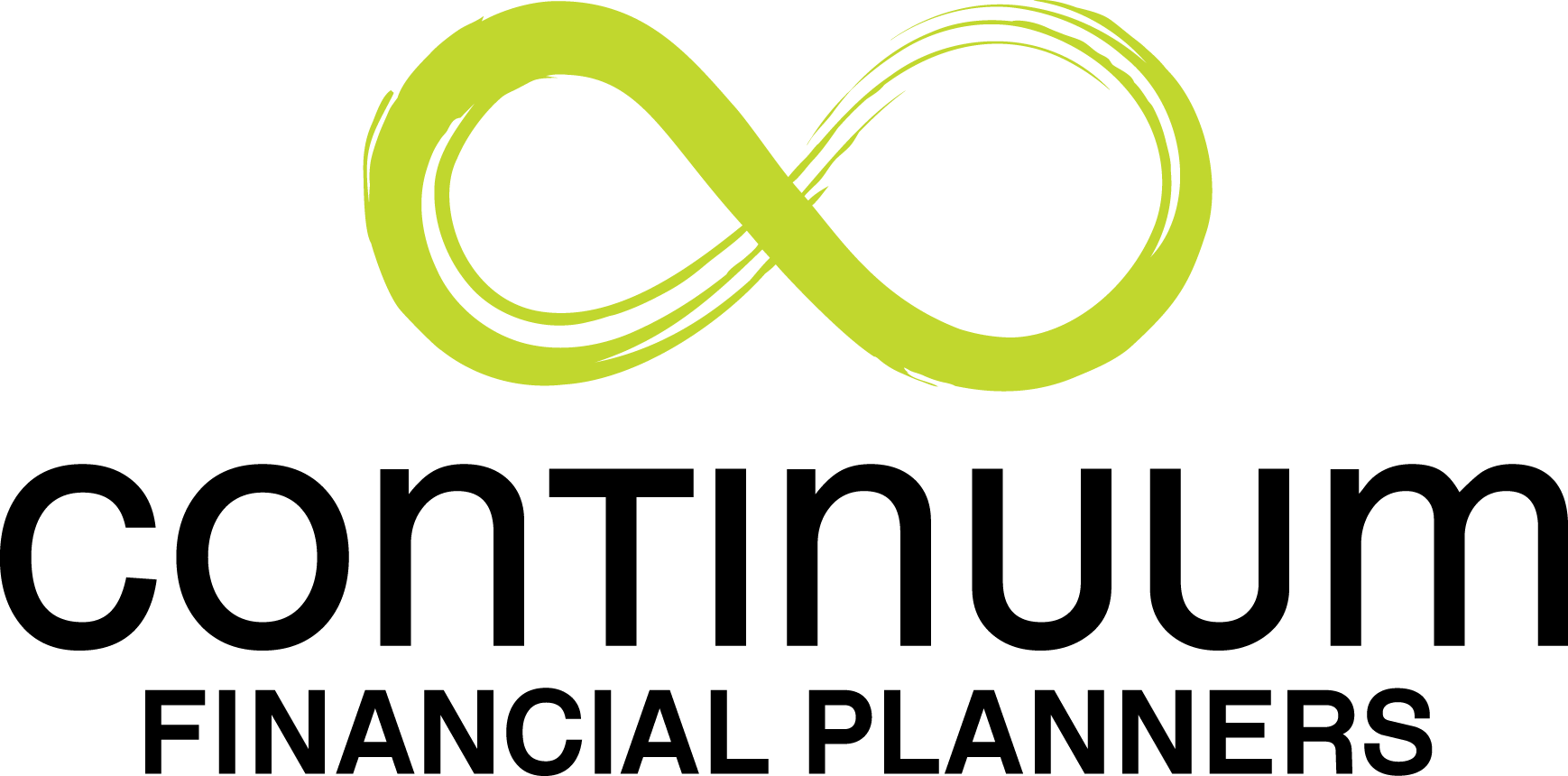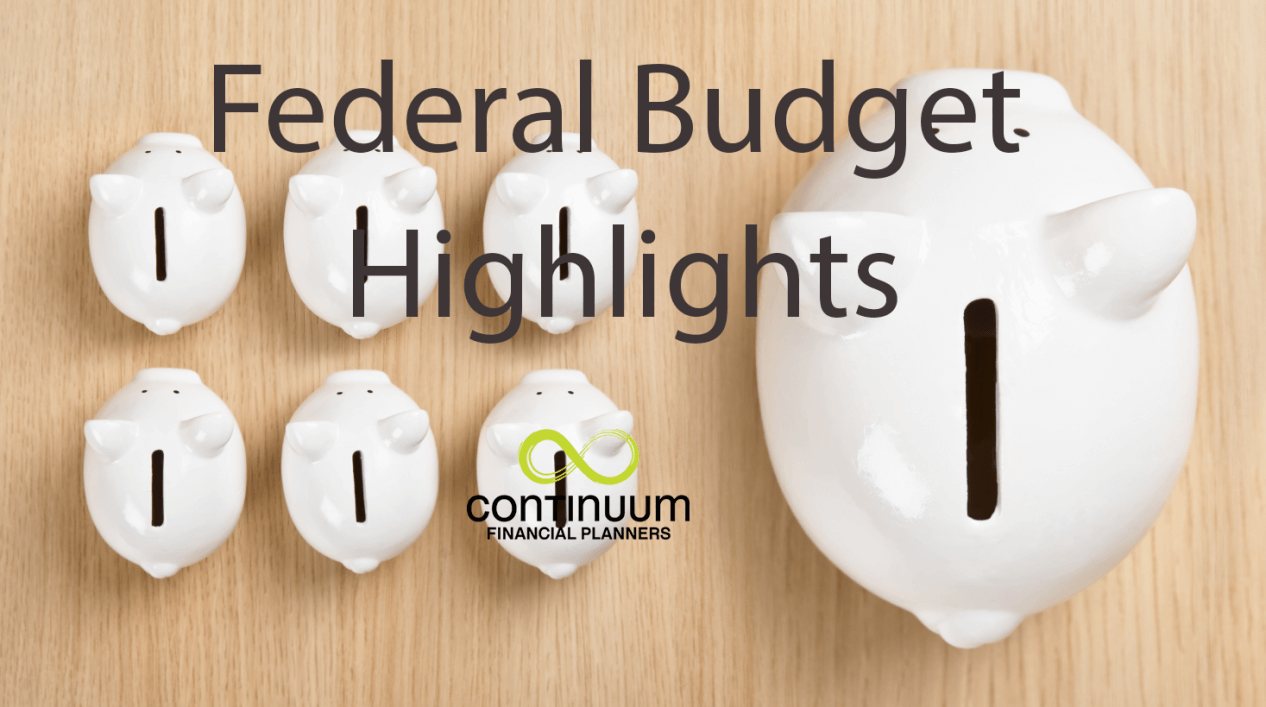Budget Highlights 2011 is almost a misnomer: the content of the Budget this year was ‘highly anticipated’. The Commonwealth Treasurer of the day, The Hon Wayne Swan delivered a Federal Budget for 2011-12, that contained no major surprises. The Government confirmed a range of previously announced tax, super and social security policy changes and introduced some new measures that could impact some investors.
Below we have listed some of the key announcements and policy changes that may impact your financial position.
If you are unsure on how any of these changes may impact your personal situation, please call our office on 07 3421 3456 (or use the Contact Us link on our website) to arrange meeting with one of our experienced financial planners.
Contents:
Taxation
- Personal Taxation Changes
- Flood and cyclone reconstruction Levy
- Phase out and removal of dependent spouse rebate
- Fringe Benefit Tax – reforms of the car fringe benefit rules
- Small business instant write off
Superannuation
- Refund of excess concessional contributions
- Reduction in the minimum payment amounts for account-based pensions in 2011/12
- Changes to government co-contribution
- Operation of the higher concessional contribution cap for over 50s
Social security and welfare payments
- Baby Bonus
- Family Tax Benefit / Youth Allowance
- Family Tax Benefit Advances
- Family Tax Benefit A & B Indexation
- Paid Paternity Leave Implementation Date
Announcements:
Budget Highlights: Taxation
Personal Taxation Changes
For the first time in eight years, no changes have been announced to personal income tax rates, thresholds or tax offset amounts for future income years. Personal income tax rates and thresholds will remain at the levels in the following table.
| Taxable income range |
Tax payable in 2011/12 (excluding Medicare) |
| $0 – $6,000 | Nil |
| $6,001 – $37,000 | 15% on amount over $6,000 |
| $37,001 – $80,000 | $4,650 + 30% on amounts over $37,000 |
| $80,001 – $180,000 | $17,550 + 37% on amount over $80,000 |
| $180,001 + | $54,550 + 45% on amount over $180,000 |
Flood and cyclone reconstruction Levy
Effective from the 1 July 2011 the Government reaffirmed the implementation of the temporary Flood and Cyclone Reconstruction Levy in the Federal Budget. The levy will apply to taxable income included in both resident and non-resident individuals’ tax returns for the 2011/12 financial year only.
The table below outlines the income thresholds and rate of levy applicable.
| Taxable income range |
Flood Levy |
| $0 – $50,000 | Nil |
| $50,001 – $100,000 | 0.5% of taxable income exceeding $50,000 |
| $100,001 + | $250 + 1% of taxable income exceeding $100,000 |
Certain individuals will be exempt from paying the Flood Levy. These are persons who have a taxable income of $50,000 or less for the 2011/12 financial year or those who are in receipt of an Australian Government Disaster Recovery Payment from Centrelink for a declared natural disaster that occurred during 2010/11.
Phase out and removal of dependent spouse rebate
Effective from the 1 July 2011 the Government has announced that the dependent spouse rebate will be will be removed for taxpayers who have a dependant spouse born on or after 1 July 1971. The intent is that the removal of this offset benefit will result in the spouse actively looking to rejoin the workforce.
The offset will remain available where the taxpayer:
- Has a spouse born before 1 July 1971
- Has a spouse who is an invalid or permanently disabled
- Is supporting a carer, or
Fringe Benefit Tax – reforms of the car fringe benefit rules
Effective as at 7:30pm (AEST) on the 10 May 2011 the Government has announced they will reform the statutory formula method for determining the taxable value of car fringe benefits. Instead of determining the fringe benefit value based on the number of kilometres travelled, the Government has proposed to replace this with a single rate of 20% regardless of the distance travelled. This measure will be phased in over four years and will impact clients who enter into new salary sacrifice car arrangements as well as those who have an employer provided vehicle post 7:30pm (AEST) 10 May 2011.
The table below outlines the phased in rates:
| Kilometres travelled through the FBT year (1 April-31 March) |
Statutory rate (multiplied by the cost of the car to determine a person’s car fringe benefit)
|
|||||
|
||||||
| 0 – 14,999 |
|
|||||
| 15,000 – 24,999 |
|
|||||
| 25,000-40,000 |
|
|||||
| 40,001 + |
|
This measure will have a greater impact if you travel more kilometres.
Small business instant write off
Effective from the 1 July 2012, small businesses that purchase a vehicle on or after 1 July 2012 will be able to immediately write off up to $5,000 of the purchase price in the first year. The measure complements the previous reforms for small business, also set for introduction from 1 July 2012, including:
- an immediate write off on all assets under $5,000;
- a write off on all other assets above $5,000 (except buildings) in a single depreciation pool at 30%.
- a reduction in the company tax rate to 29% for small business taxpayers.
Budget Highlights: Superannuation
Refund of excess concessional contributions
Currently if a superannuation member exceeds their concessional contribution cap they are subject to excess concessional contributions tax of 31.5%. This is in addition to the 15% contributions tax. This liability may be paid from the superannuation account or paid by the member. This measure has impacted a considerable number of contributors, particularly those who inadvertently breached the cap.
The Government has announced that from the 2011/12 financial year and onwards, if a person breaches the concessional contribution cap by less than $10,000 (not indexed) they will have the option to have the excess contributions taken out of their superannuation account and assessed against their marginal tax rate, rather than incurring the additional 31.5% excess concessional contributions tax. This measure will only apply once and to breaches in the 2011/12 financial years and onwards. This measure will ensure that the most a person will pay on an excessive concessional contribution (within the $10,000 limit) will be at their marginal rate of tax as opposed to the top marginal rate of tax.
Those who exceed the cap by more than this amount will be subject to the existing provisions.
Reduction in the minimum payment amounts for account-based pensions in 2011/12
The Government initially provided a 50% pension draw down relief in the 2008/09 financial year to assist account based pension holders to recoup capital losses experienced as a result of the global financial crisis. This measure was extended for the 2009/10 and 2010/11 financial years. The Government proposes to phase out this drawdown relief by reducing the minimum pension payment by 25% for the 2011/12 financial year.
For example a 64 year old would be required to draw 3% of the account balance as a minimum pension payment instead of the standard minimum of 4%. For the 2012/13 financial year onwards, the standard minimums will operate.
Changes to government co-contribution
In last year’s Budget the Government announced that the thresholds applying for co-contribution eligibility will be frozen for 2010/11 and 2011/12. As a result, the maximum co-contribution is only available for those with income levels of up to $31,920, and no co-contribution will be available once the individual’s qualifying level of income reaches $61,920.
In this year’s Budget, the Government has announced that the threshold limits will be frozen for an additional 12 months, now covering 2012/13.
Operation of the higher concessional contribution cap for over 50s
From 1 July 2012 individuals over 50 who have a superannuation balance of less than $500,000 will have the ability to contribute up to $50,000 of concessional contributions. Earlier this year the Government released a consultation paper seeking comment on the application of this previously announced measure. Currently it is unclear how this measure will operate.
Budget Highlights: Social security and welfare payments
Baby Bonus
As from the 1 July 2011 the Government has announced an increase in the proportion of the Baby Bonus that can be received as an upfront payment. Baby bonus claimants who become eligible on or after 1 July 2011 will be able to receive $879.77 out of the total of $5,294 (per child) upfront in the 2011/12 year. In subsequent years the amount will be 16.18% of the total baby bonus.
Family Tax Benefit / Youth Allowance
Currently, the maximum rate of Family Tax Benefit Part A will be reduced from $208.46 per fortnight to $51.24 per fortnight. This amount is the basic rate payable when a child reaches age 16. Above age 18, the rate increases to $68.74 for each qualified child. In many cases the child is eligible to claim Youth Allowance.
The Government has announced that from 1 January 2012 Family Tax Benefit Part A paid in relation to a child in full-time secondary schooling or equivalent, between the ages of 16 and 19, will receive an increased rate in line with the amount paid for a child between ages 13 to 15. This measure will increase the level of support provided by Family Tax Benefit by up to:
- 16 and 17 year olds – $4,208 per year and
- 18 and 19 year olds – $3,741 per year.
The effect of this change is to make Family Tax Benefit the primary payment where a child under 19 is in full-time secondary school study. There will be no income test for a Family Tax Benefit child under 19 in full-time secondary school study, however the Youth Allowance personal income test will remain.
Eligibility for Family Tax Benefit Part A will cease for children aged 22 years and over. However, the child may be able to claim Youth Allowance.
The participation requirement for Family Tax Benefit Part B and the Multiple Birth Allowance will be brought into line with Family Tax Benefit Part A. 16 to 19 year olds will be required to undertake full time secondary study or be exempted, to be eligible for these payments. Youth Allowance will only continue to be available to 16 to 19 year olds who are:
- Independent
- Living away from home
- Not in full time secondary study
- Current recipients who opt to remain on Youth Allowance
Family Tax Benefit Advances
As from the 1 July 2011 families in receipt of Family Tax Benefit Part A will be able to access an advance of their entitlements. An advance from $160 to $1,000 but not more than 7.5% of total entitlement may be claimed at any time in the year. Repayment will be over 6 months by reducing fortnightly Family Tax Benefit payments.
Family Tax Benefit A & B Indexation
Family Tax Benefit Parts A and B supplements are normally indexed by the Consumer Price Index from 1 July each year. This indexation will be paused for 3 years until 1 July 2014. The current levels, which will remain until 1 July 2014 are:
- Part A supplement $726.35 per child
- Part B supplement $354.05 per child
Family Tax Benefit Parts A and B are paid according to assessable income which is generally indexed each year. The indexation of the upper limits and thresholds are currently paused and the pause will be extended for another 2 years until 1 July 2014.
The indexation pause also applies to:
- Baby Bonus eligibility limit
- Paid Parental Leave carer income limit
Paid Paternity Leave Implementation Date
The measure to provide eligible working fathers or other partners who provide a child care with two weeks leave paid at the minimum wage has been deferred from 1 July 2012 to 1 January 2013 for children born on or after 1 January 2013.


